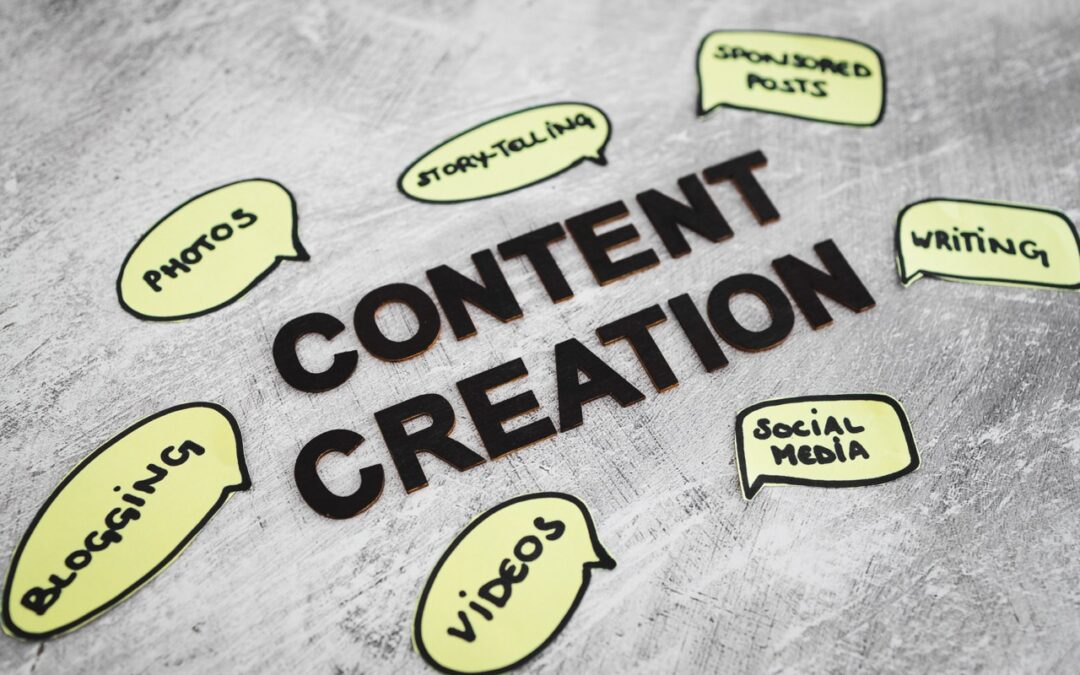In the bustling digital marketplace, social media has become a vital platform for businesses to engage with their audience, build brand loyalty, and drive growth. However, the key to maintaining an active and engaging social media presence is to curate a balanced mix of content that resonates with your audience and fulfills various objectives. This blog post will guide you through the essential types of content you should incorporate into your social media strategy.
1. Educational Content
Purpose: Inform and Educate
Educational content positions your business as a knowledgeable leader in your industry. This type of content aims to provide valuable information that helps your audience solve problems, make decisions, or learn something new.
Examples:
- How-to Guides and Tutorials: Step-by-step instructions on using your products or services.
- Infographics: Visually appealing data and statistics related to your industry.
- Expert Tips: Share insider knowledge or professional advice.
Benefits:
- Builds trust and authority
- Attracts and retains an audience seeking expertise
- Encourages shares and saves, increasing reach
2. Entertaining Content
Purpose: Engage and Delight
Entertaining content captures attention and fosters a connection with your audience by providing amusement or enjoyment. This content is often shareable and can go viral, significantly boosting your brand’s visibility.
Examples:
- Memes and GIFs: Humorous images or animations relevant to your industry or audience.
- Videos: Engaging clips, behind-the-scenes looks, or fun challenges.
- Quizzes and Polls: Interactive content that encourages participation.
Benefits:
- Increases engagement and interaction
- Humanizes your brand
- Enhances shareability, broadening your reach
3. Inspirational Content
Purpose: Motivate and Inspire
Inspirational content aims to evoke positive emotions and motivate your audience. It can drive people to take action, whether it’s pursuing a goal, supporting a cause, or simply feeling more connected to your brand.
Examples:
- Success Stories: Share testimonials or case studies of customers achieving their goals with your products.
- Quotes: Motivational quotes from industry leaders or influential figures.
- Achievements: Celebrate your milestones, awards, or accomplishments.
Benefits:
- Strengthens emotional connection with your audience
- Promotes positive brand perception
- Encourages loyalty and advocacy
4. Promotional Content
Purpose: Drive Sales and Conversions
Promotional content directly highlights your products or services and aims to drive sales or conversions. While it’s essential, it should be balanced with other content types to avoid appearing too sales-focused.
Examples:
- Product Announcements: Introduce new products or updates.
- Special Offers: Share discounts, deals, or limited-time promotions.
- User-Generated Content: Showcase photos or reviews from satisfied customers.
Benefits:
- Increases sales and leads
- Highlights your offerings
- Encourages immediate action with time-sensitive deals
5. Interactive Content
Purpose: Engage and Involve
Interactive content involves your audience actively and encourages participation, fostering a deeper connection and engagement.
Examples:
- Surveys and Polls: Gather opinions or feedback from your audience.
- Contests and Giveaways: Run competitions that require audience participation.
- Q&A Sessions: Live or pre-scheduled sessions where you answer audience questions.
Benefits:
- Boosts engagement and interaction
- Provides valuable insights from your audience
- Builds a sense of community
6. User-Generated Content (UGC)
Purpose: Build Trust and Community
UGC is content created by your customers or followers. It provides authentic testimonials and demonstrates your brand’s impact on real people.
Examples:
- Customer Reviews: Share positive reviews from satisfied customers.
- Photos and Videos: Feature customer-submitted images or videos using your products.
- Testimonials: Highlight detailed stories from loyal customers.
Benefits:
- Enhances credibility and trust
- Encourages community involvement
- Provides authentic, relatable content
7. Curated Content
Purpose: Share Value Beyond Your Own Content
Curated content involves sharing relevant content from other sources. This positions your brand as a valuable resource for information and shows that you’re in tune with industry trends.
Examples:
- Industry News: Share articles or news relevant to your field.
- Thought Leadership: Highlight posts or opinions from industry experts.
- Useful Resources: Recommend tools, books, or other resources beneficial to your audience.
Benefits:
- Keeps your feed diverse and interesting
- Positions your brand as a well-rounded information source
- Strengthens relationships with industry peers
Conclusion
A winning social media strategy is built on a balanced mix of content that educates, entertains, inspires, promotes, and engages your audience. By diversifying your content, you can cater to different audience needs, maintain their interest, and achieve various business objectives. Remember to stay consistent, analyze your performance, and adapt your strategy based on what resonates most with your audience. With a thoughtful approach, your social media channels can become powerful tools for growth and community building.

